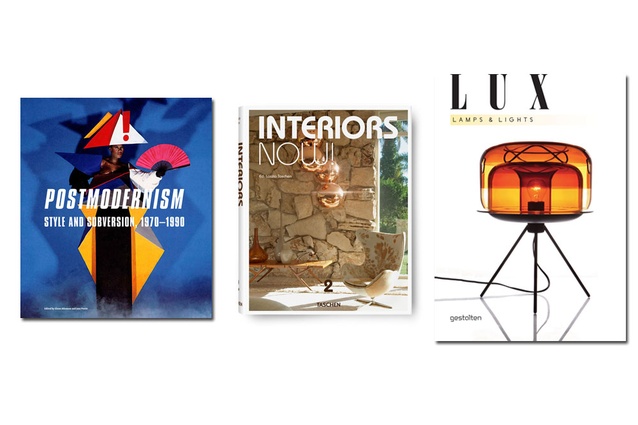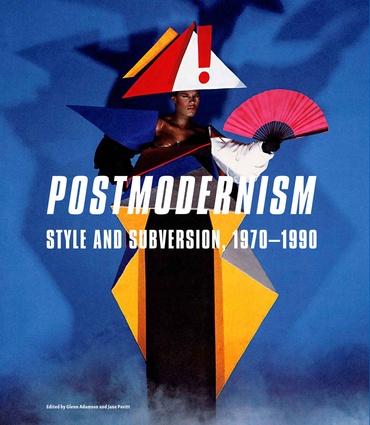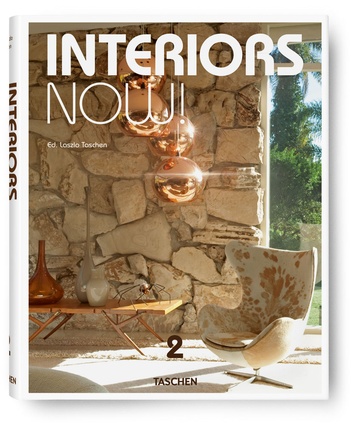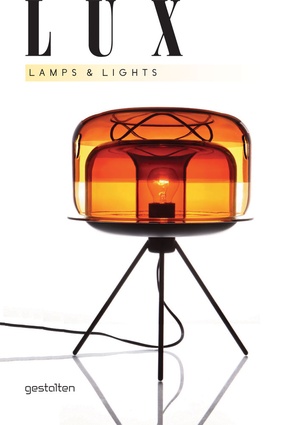Summer reading: books from Interior
The best new book about lights and lamps, residential interiors with personality and a grapple with postmodernism.
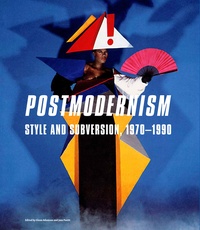
Postmodernism: Style and Subversion, 1970-90
Edited by Glenn Adamson and Jane Pavitt (V&A 2011; $89.99rrp; 320 pp)
Review by Michael Barrett
If this was a postmodern sentence, it would just probably just… In a pique of postmodernistycism I flogged that line from someone else and tweaked it. (I know you want to know: British GQ, December 2010.) That’s what postmodernism is about, isn’t it? Bricolage, assemblage, a dash of irony, a bit of rule bending. There are no sacred cows, clearly none in Postmodernism, and if the book teaches us anything about its well-defined period, it’s that if there were such cows, they were to be put out to pasture, butchered and set on fire, and then possibly reassembled.
The V&A is a trendsetter, or an expert in the art of spotting a gap in the market for an old trend due a timely revisit. Over the past few years it’s rolled out exhibitions on early and late modernism with excellent books, which are a boon, really, given that we’re here and they’re there, in London. Modernism: Designing a New World ticked off 1914 to 1939. It was an international look at the principles of the age with brilliant examples that made me wish I was a modernist, until I realised they didn’t have TV. Hot on its heels came Cold War Modern, which got us from 1945 to 1970. That book’s cover is as vertigo-inducing as any I’ve seen. The hysteria of the age neatly summed in up in concentric circles.
Jane Pavitt, co-curator/editor of Cold War Modern, is back co-curating/editing this final (surely there’s no where left to run) instalment. It’s interesting to revisit postmodernism, although some have argued that it never went away, that it just spawned a self-obsessed, self-aggrandising prodigy called pop culture.
In architecture, the canonisation of some modernists has made some postmodern buildings the focus of (“what were they thinking!?”) derision. Justifiably so, in many instances. Paola Antonelli has a good handle on that in her essay on “postmodern angel” Shiro Kuramata. Postmodernism, she says, is like cholesterol. “There is the bad one, and there is the good one.” Kuramata, I’ve discovered, was very good indeed. So, postmodernism is a slippery fish, but Postmodernism, the book, is not. It’s brilliant; quite mesmerising (literally, if you stare too long at the sawtooth graphics at the start). It has the best examples of the period — Robert Venturi and Denise Scott Brown, Bladerunner, Koyaanisqatsi, Sottsass, Memphis, Koolhaas and Bowie as Aladdin Sane are a few — and the best reactions to the rules and commercial dullness of late modernism, that is, before it went all PoMo and proved that banal postmodernism aimed at yuppies was easily the equal of banal modernism aimed at corporate types. Possibly it was worse. It was more colourful — are ugly, shouty buildings worse than ugly, quiet ones? As in Postmodernism, David Byrne gets the final say here: “Before too long there was, according to some, a postmodernist look. Time to move on.”
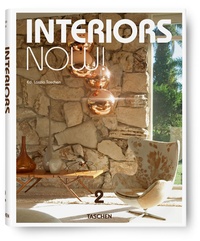
Interiors Now! Vol. 2
Edited by Ian Phillips (Taschen 2011; $49.95rrp; 416 pp)
Review by Nicole Stock
Want interiors, now? Well, here’s the book for you. Madly eclectic in scope, this compendium of interiors gives you a good style overview from colour in Capri to submerged curves in Île-de-France. While there is a wide range of styles, each project is fascinating to look at. Nothing is ugly, but there are certainly different points of view expressed in these projects. And that is the true charm of this book; these aren’t sterile set pieces, but seem at least to be reflections of how people actually have furnished and designed their residential interiors.
With information on the owners, what they do, when it was built, by whom, and the square metres of the house, you build up a brief but insightful view on the interior that goes beyond just the serene photos. The details, artworks, furniture, a stair tread, or stone, are engrossing, making this a rich mine for ideas whether daydreaming or specifying.
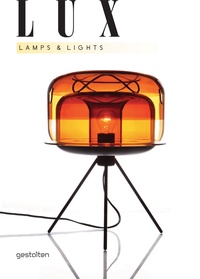
Lux: Lamps & Lights
Edited by R. Klanten, K. Bolhöfer, S. Ehmann (Gestalten 2011; $116rrp; 320 pp)
Review by Alice Liu
Do we pay enough attention to light? Its effect really can’t be overestimated, and that’s what this book shows and literally states: “The most splendid interior will not shine without adequate lighting.” Lux’s raison d’être is to document the new school of (admittedly, mostly European; publisher Gestalten is Berlin-based) lamp designers and light manufacturers that have taken the lead in creating and developing a new frontier of domestic lighting. What Lux offers is a quite incredible range of new lighting techniques that, as it says, “represent a fundamental change in the aesthetic and technical possibilities available.” More than ever before, I think the designs in this book show that lighting techniques have advanced beyond mere practical illumination – this is absolutely cutting-edge furniture design married to interior design and architecture, with the added complexity of what seems to be the paradigm shift in lighting technology.
Interior magazine has a copy of Lux to give away. Email interior@agm.co.nz to go into the draw to win.

